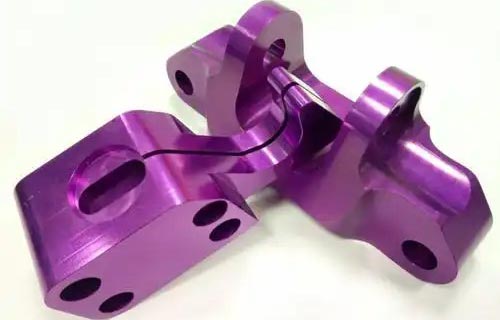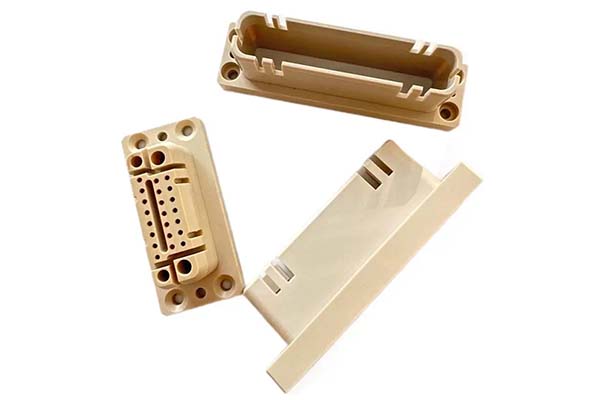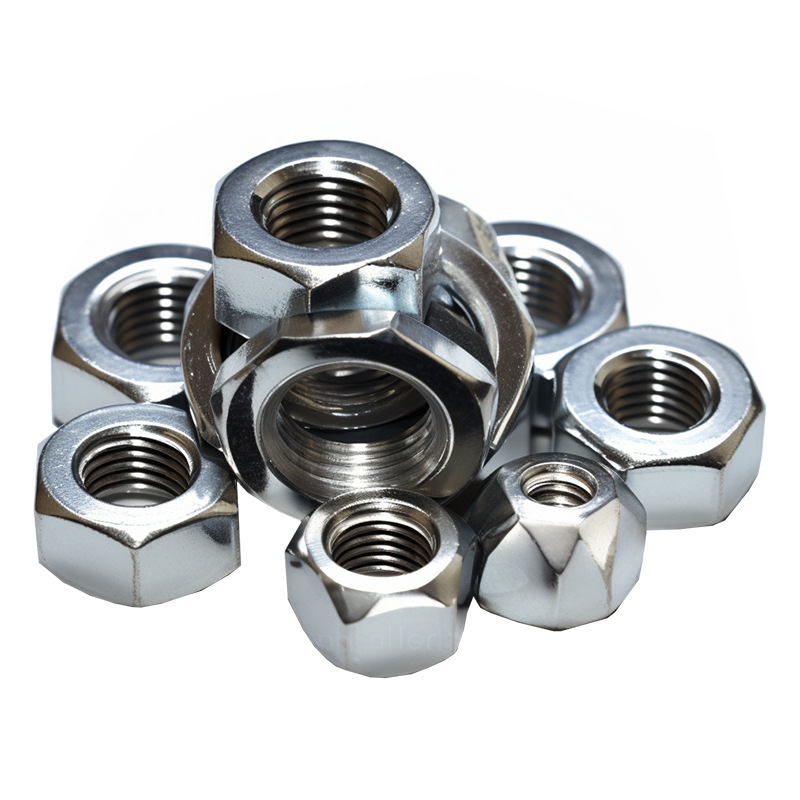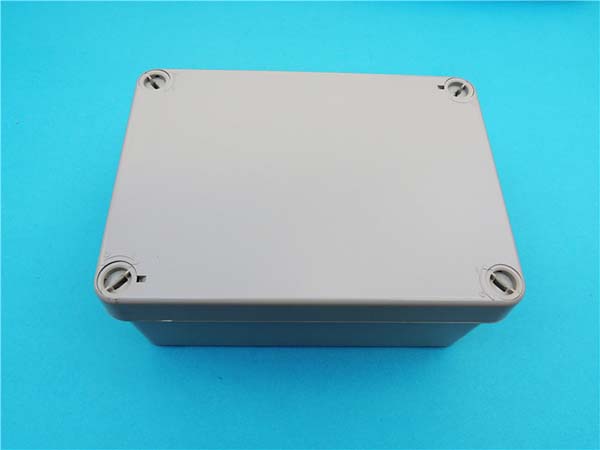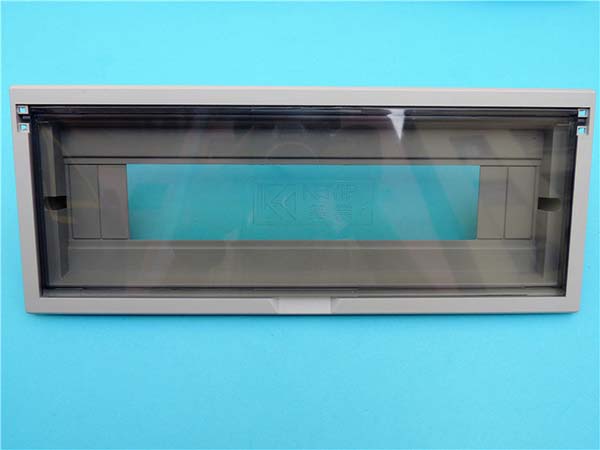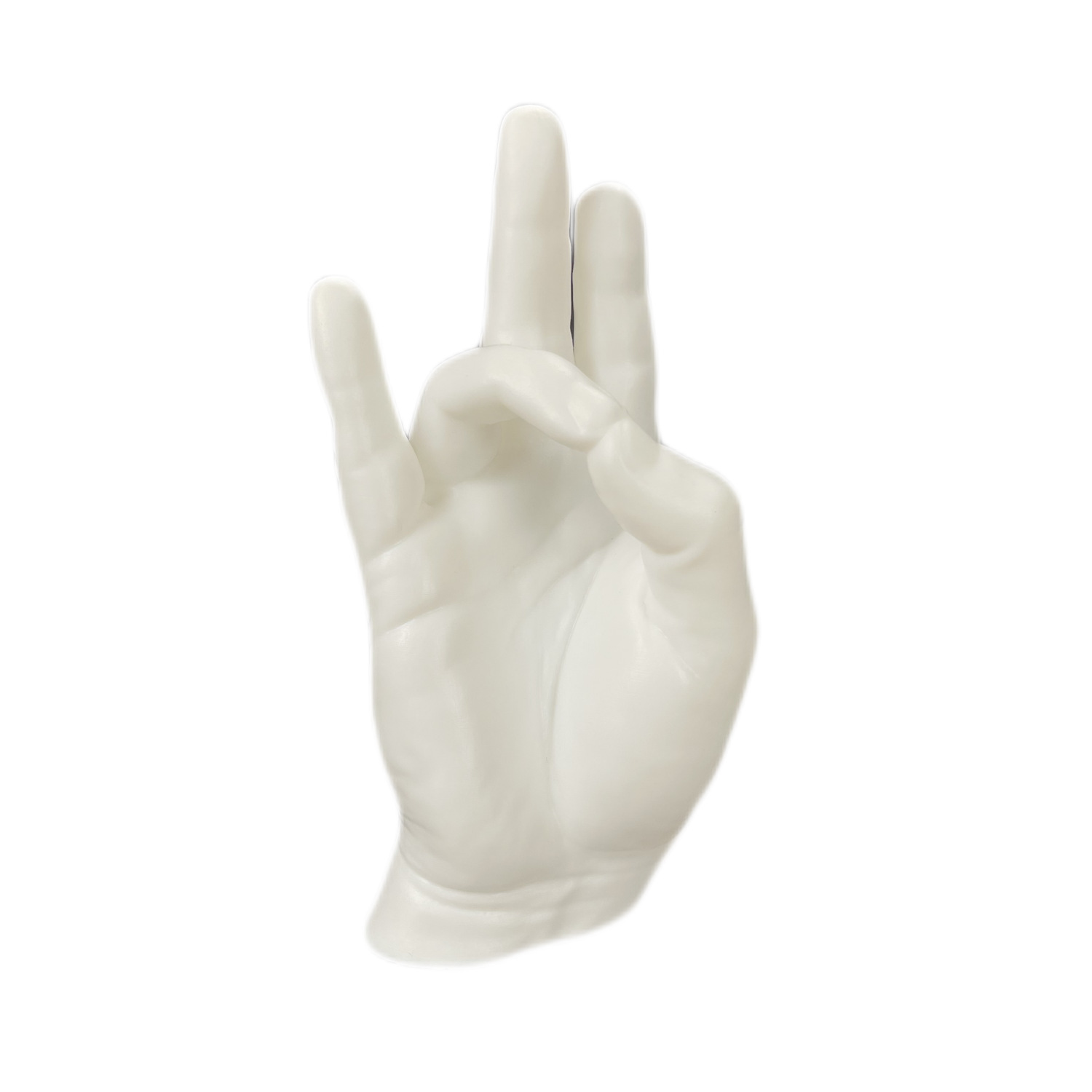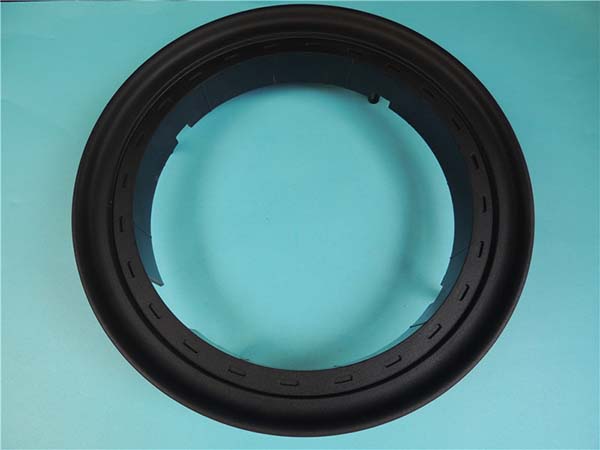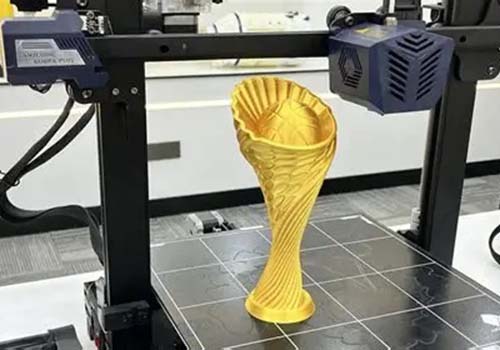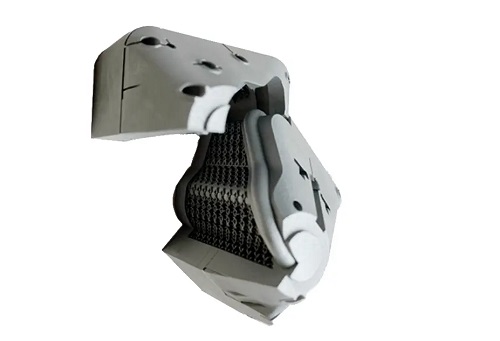The world of metal 3D printing has grown from a simple tool for making prototypes into a complex system of specialized manufacturing technologies. For engineers and designers, choosing the right method is no longer just about picking "metal 3D printing." It's about understanding the detailed science, materials, and limitations that define each method. A basic understanding leads to expensive mistakes in design, material choice, and finishing work.
This analysis provides a detailed, technical comparison of the main types of 3d metal printing. We will look beyond marketing claims to examine the real engineering challenges and benefits of each process family. We will break down the important differences within Powder Bed Fusion, the finishing complexities of Binder Jetting, and the unique dual-purpose nature of Directed Energy Deposition. This article is not a simple overview; it is a technical guide designed to help make critical engineering decisions by comparing technologies based on heat management, size accuracy, finishing requirements, and final application suitability.
Powder Bed Fusion Deep Dive
Powder Bed Fusion (PBF) stands as the most developed and widely used family of metal 3D printing processes, known for its ability to produce parts with exceptional geometric complexity and fine detail resolution. The basic principle involves selectively melting thin layers of metal powder using a high-energy source within a sealed build chamber. A roller or blade spreads a new layer of powder over the previous one, and the process repeats until the part is complete.
The main technologies under the PBF umbrella are Selective Laser Melting (SLM), Direct Metal Laser Sintering (DMLS), and Electron Beam Melting (EBM). The difference between SLM and DMLS is largely just naming today; both use a high-powered laser to achieve a full melt of the powder particles. EBM, however, uses an electron beam as its energy source, which creates significant process differences.
General PBF characteristics include:
- Pros: Unmatched geometric freedom, high resolution and accuracy, and a wide range of available materials, including stainless steels, titanium alloys, aluminum, and superalloys.
- Cons: Significant internal stress build-up, the need for extensive support structures, relatively slow build rates, and a limited build volume compared to other methods.
A typical PBF machine consists of a build platform that lowers step by step, a powder reservoir, a mechanism to spread the powder, and an overhead energy source (laser or electron beam) directed by scanning mirrors. The entire process occurs in an inert gas atmosphere (like argon or nitrogen) or a vacuum to prevent oxidation of the metal powder at high temperatures.
The Role of Heat Gradients
The most critical factor distinguishing PBF methods, and one that directly affects part performance and post-processing, is the heat gradient. This is the rate of temperature change across a distance in the part during the build.
In SLM and DMLS, a highly focused, high-power laser rapidly melts a small spot of powder. This spot then cools at an amazing rate—often exceeding 10^6 K/s—as heat is conducted away into the solid metal below. This process creates extremely steep heat gradients. The consequences for an engineer are significant:
- High Internal Stress: The rapid heating and cooling cycles create significant internal stresses within the part. These stresses can cause distortion, warping, or even cracking. As a result, a post-build stress relief heat treatment is almost always required for SLM/DMLS parts to ensure size stability and mechanical strength.
- Fine Microstructure: The rapid solidification traps the material in a very fine-grained microstructure. This often results in parts with high tensile strength and hardness, which can be beneficial but may also reduce flexibility.
- Support Structure Dependence: Supports are required not only to hold up overhanging features but, critically, to act as heat sinks and to anchor the part firmly to the build plate, preventing it from warping due to thermal stresses.
EBM operates under a fundamentally different heat paradigm. The process takes place in a high vacuum and at a significantly elevated temperature (e.g., 600-1000°C), pre-heating each powder layer with the electron beam before the selective melting pass. This has two major effects. First, the electron beam is less focused and scans much faster than a laser. Second, the entire part is kept hot throughout the build. The consequences are the opposite of SLM:
- Low Heat Gradients: The difference in temperature between the molten pool and the surrounding material is much lower, and cooling rates are drastically reduced. This process effectively acts as a built-in stress relief cycle.
- Minimal Internal Stress: Parts come out of an EBM machine with very low internal stress. This often eliminates the need for a separate stress relief heat treatment, a major advantage that saves time, cost, and reduces the risk of distortion during post-processing.
- Ideal for Brittle Materials: The gentle thermal environment makes EBM the preferred method for processing crack-prone materials like gamma titanium aluminide (TiAl) and certain nickel-based superalloys, which would fracture under the thermal shock of SLM.
For an aerospace engineer designing a turbine blade from a crack-sensitive superalloy, the choice becomes clear. One must weigh the potentially higher surface resolution of SLM against the vastly superior stress management and process stability of EBM.
Binder Jetting Deep Dive
Binder Jetting (BJT) approaches metal additive manufacturing from a completely different angle, separating the part shaping step from the metal consolidation step. This unique, two-stage process enables high-speed production and offers significant potential for scalability and lower part costs, positioning it as a competitor to traditional manufacturing like metal injection molding (MIM).
The BJT process proceeds in two main stages:
1. Printing: An industrial printhead, similar to an inkjet printer, selectively deposits droplets of a liquid binding agent onto a bed of metal powder. This binder "glues" the powder particles together, layer by layer, to form the desired shape. This initial part, known as a "green part," is fragile and consists of metal powder held together by the polymer binder.
2. Sintering: The green part is carefully removed from the loose powder and placed in a high-temperature furnace. In a controlled thermal cycle, the binder is systematically burned out, and the remaining metal particles are heated to just below their melting point. At this temperature, the particles fuse together through solid-state diffusion, densifying into a solid metal component.
The primary advantages of BJT are the absence of in-process thermal stress, eliminating the need for support structures for heat management, and exceptionally high build speeds, as the printhead can process the entire build area very quickly.
The Sintering Shrinkage Challenge
The greatest engineering challenge in Binder Jetting is managing the significant and often non-uniform size change that occurs during sintering. This is not a minor detail; it is the central problem that must be solved to achieve size accuracy.
When the green part is heated, the binder, which occupies volume between the metal particles, is burned away. As the temperature continues to rise, the loosely packed particles consolidate and fuse, eliminating the voids between them. This densification process causes the part to shrink substantially, typically between 15% and 25% in every dimension. For a 100mm part, this means shrinking to 75-85mm.
The complexity is that this shrinkage is rarely uniform. It is influenced by part geometry, wall thickness, orientation in the furnace, and the initial packing density of the powder. Thicker sections may shrink at a different rate than thinner sections, leading to part distortion.
The solution lies in sophisticated Shrinkage Compensation Models. Before printing, the original CAD model is processed by specialized software. This software uses a simulation engine, informed by material data and furnace behavior, to predict how the part will shrink and distort during sintering. It then pre-emptively alters the CAD model, scaling it up and, in some cases, applying a counter-distortion. The goal is to print a distorted "green" part that, after the complex shrinkage process, resolves into the correct final dimensions.
Developing these compensation models is an expert-level task. It requires deep material science knowledge and is often a trial-and-error process. Engineers must print test pieces, carefully measure their pre- and post-sintered dimensions, and feed this data back into the software to refine the compensation factors for a specific material (like 316L or 17-4PH stainless steel) and a specific furnace cycle. Achieving tight tolerances with BJT is a testament to the power of these advanced simulation and compensation workflows.
DED Deep Dive
Directed Energy Deposition (DED) is a process family characterized by its ability to create and repair metal parts in open space, not confined to a bed of powder. In DED, a multi-axis nozzle, often mounted on a robotic arm or gantry system, moves through space while simultaneously feeding and melting material onto a substrate or a pre-existing part.
The feedstock can be either metal powder, blown into the melt pool via a stream of inert gas, or a metal wire. The energy source is typically a high-power laser (as in Laser Engineered Net Shaping, or LENS) or an electric arc (as in Wire Arc Additive Manufacturing, or WAAM). WAAM, using standard welding wire and equipment, offers exceptionally high deposition rates, capable of building structures weighing hundreds of kilograms.
General DED characteristics include:
- Pros: Very high deposition rates, a virtually unlimited build envelope (limited only by the robot's reach), the ability to add material to existing parts (repair), and the potential to create functionally graded materials by changing the feedstock mid-process.
- Cons: Significantly lower resolution and accuracy compared to PBF, resulting in a rough surface finish that almost always requires secondary machining.
A Tale of Two Applications
DED's unique capability to add material to an existing object gives it a dual purpose that sets it apart from other types of 3d metal printing. It excels at both repairing existing components and building new ones from scratch, though the engineering focus for each is different.
For Repair Applications:
DED is exceptionally well-suited for maintenance, repair, and overhaul (MRO) operations. Its primary use case is adding material to high-value components that have been damaged by wear, corrosion, or impact. A classic example is repairing the worn-down tips of aerospace turbine blades. Instead of scrapping a blade worth tens of thousands of dollars, a DED system can precisely deposit new material (e.g., a nickel superalloy) onto the worn area. The part is then machined back to its original specifications. The key engineering advantage here is restoring a component to service for a fraction of the replacement cost. The technical focus is on achieving a perfect metallurgical bond between the substrate and the new material and matching the material properties to ensure performance.
For Build-from-Scratch Applications:
When used to create new parts, DED is leveraged for its speed and scale. It is an ideal technology for producing large metal structures, such as aerospace structural frames, custom marine components, or tooling for the energy sector. These parts are typically created as near-net-shape preforms. The DED process rapidly builds a part that is close to the final geometry but with extra material (stock). This preform is then moved to a CNC machine for a final machining pass to achieve the required tolerances and surface finish. The benefit is immense: instead of starting with a massive, expensive block of forged metal and machining away 80-90% of it, DED builds up the shape additively, saving enormous amounts of time and material. The engineering focus for these applications is on maximizing the deposition rate while carefully managing the thermal history of a massive part to control stress and microstructure.
Specialized & Emerging Processes
Beyond the "big three" process families, a host of specialized and emerging technologies have been developed to address specific challenges and open up new application spaces. These processes often solve problems that PBF, BJT, and DED cannot, such as office-friendly metal printing or processing without thermal stress.
Material Extrusion (BMD)
Bound Metal Deposition (BMD), a form of material extrusion, makes metal 3D printing more accessible and office-friendly. The process is similar to the common Fused Deposition Modeling (FDM) used for plastics. It uses filaments or rods composed of metal powder held together by a waxy polymer binder. A heated nozzle extrudes this material layer-by-layer to build a "green part."
Like Binder Jetting, this green part must then undergo a multi-stage post-processing route to become fully dense metal. This involves a debinding step followed by sintering in a furnace.
The Debinding Challenge:
The critical and most challenging stage of this process is debinding. This is not a simple, single step. It typically begins with a solvent debind, where the part is submerged in a chemical bath that dissolves a primary binder, creating an open-pore structure throughout the part. Following this, the part undergoes a thermal debind as part of the furnace cycle, where the remaining secondary binder is slowly burned out before the sintering temperature is reached.
This process is filled with technical challenges. If the heating rate is too fast or the solvent stage is incomplete, the off-gassing binder can get trapped, creating pressure inside the part that leads to blistering, cracking, or swelling. If the debind is incomplete, residual binder (often carbon) can contaminate the final metal, degrading its mechanical properties, particularly its corrosion resistance and flexibility. Perfecting the debind cycle requires precise control and adds significant time and complexity to the overall workflow.
Cold Spray Additive Manufacturing
Cold Spray is a unique additive manufacturing process that operates in the solid state, completely avoiding melting. In this method, fine metal powders are mixed into a heated, high-pressure gas stream (like nitrogen or helium). This gas is then accelerated through a de Laval nozzle to supersonic speeds (500-1200 m/s). When these high-velocity particles impact a substrate, their kinetic energy is converted into thermal and mechanical energy, causing severe plastic deformation and creating a metallurgical bond upon impact. The part is built up, layer by layer, through this kinetic adhesion.
The Residual Stress Advantage:
The most significant advantage of Cold Spray stems directly from its solid-state nature. Because there is no bulk melting and solidification, the process does not generate the large thermal gradients that plague fusion-based methods like PBF and DED.
The result is the creation of parts with extremely low to even compressive residual stresses. This is a game-changing benefit for several applications. It is ideal for applying coatings or performing repairs on temperature-sensitive substrates that would be damaged by the heat of a laser or an arc. It also allows for the creation of very thick, large-scale parts without the risk of thermal distortion or cracking that would accumulate in a fusion process. Parts produced via Cold Spray exhibit very high density and strength, often matching or exceeding that of wrought materials, all without the need for post-process stress relief heat treatments.
The Ultimate Comparison
Choosing the right process requires a clear-eyed assessment of trade-offs across multiple performance metrics. The following table consolidates the key characteristics of each technology for a direct, head-to-head comparison.
| Metric | PBF (SLM/EBM) | Binder Jetting | DED | Material Extrusion (BMD) | Cold Spray |
| Process Principle | Energy beam melts powder in a bed | Binder glues powder, then sintered | Nozzle deposits and melts material | Bound filament is extruded, then sintered | Powder impacts at supersonic speed |
| Resolution & Accuracy | Very High | High (Post-Sintering) | Low | Medium | Medium |
| Surface Finish | Good to Very Good | Good (Post-Sintering) | Rough | Medium | Medium to Rough |
| Build Speed / Rate | Low | Very High (Printing) | Very High | Low | High |
| Max Part Size | Small to Medium | Small to Large | Very Large | Small to Medium | Medium to Large |
| Key Advantage | Complex Geometries | Speed, Scale, Low Cost | Repair, Large Parts | Office-Friendly, Low Cost | Low/No Residual Stress |
| Primary Challenge | Residual Stress | Sintering Shrinkage | Low Resolution | Debinding Process | Substrate Bonding |
Conclusion: Matching Process to Purpose
The analysis of these distinct types of 3d metal printing reveals a clear truth: there is no single "best" technology. The optimal choice is always dictated by the specific requirements of the application. The engineer's task is to align the unique strengths and weaknesses of a process with the functional and economic demands of the part.
To translate this technical data into an actionable decision framework, consider these scenarios:
- For maximum geometric complexity, intricate internal channels, and fine features in small, high-value parts like medical implants, rocket engine injectors, or conformal-cooled tooling, the clear choice is Powder Bed Fusion (PBF).
- For medium-to-high volume production of small metal parts where cost-per-part and speed are the dominant drivers, and where some post-machining is acceptable, Binder Jetting (BJT) is the leading candidate.
- For repairing large, high-value industrial components like molds, shafts, and turbine blades, or for building very large near-net-shape structures for aerospace and defense, Directed Energy Deposition (DED) is unmatched.
- For accessible, office-based metal prototyping or low-volume production of non-critical functional parts where speed-to-final-part is less important than ease of use, Material Extrusion (BMD) is a strong contender.
- For creating coatings, performing repairs on temperature-sensitive materials, or building parts where avoiding thermal stress is the absolute priority, the specialized solution is Cold Spray.
As these technologies continue to mature and new ones emerge, this fundamental principle of matching the process to the purpose will remain the cornerstone of successful metal additive manufacturing.
